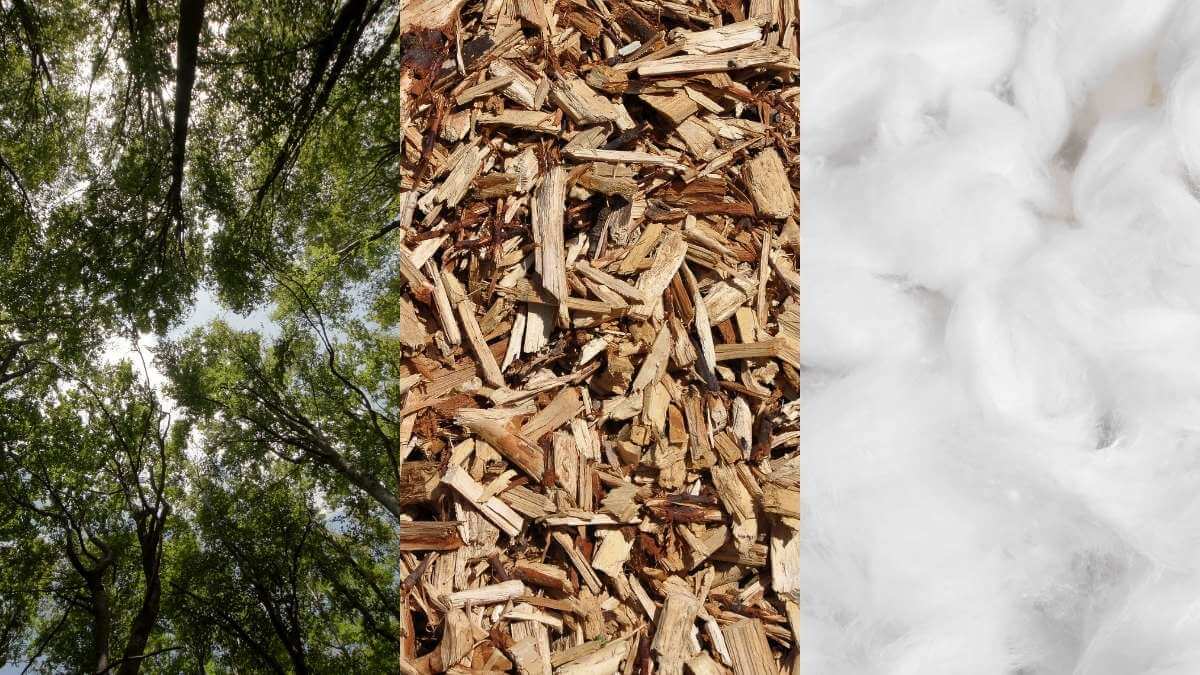In today's fitness-conscious world, many individuals strive to achieve a toned and sculpted physique. However, one common concern that often arises is whether working out can help reduce puffiness. In this blog post, we will delve into the depths of this topic, exploring the scientific evidence behind the relationship between exercise and puffiness. So, let's uncover the truth and discover how working out can potentially alleviate puffiness.
- Understanding Puffiness:
Before we delve into the effects of exercise, it is crucial to comprehend what causes puffiness. Puffiness, also known as edema, occurs when excess fluid accumulates in the body's tissues. This can be a result of various factors such as poor circulation, inflammation, or an underlying medical condition. By identifying the root cause, we can better understand how exercise may play a role in reducing puffiness. - Enhancing Circulation:
Regular exercise has been proven to enhance blood circulation throughout the body. When we engage in physical activity, our heart rate increases, pumping oxygen-rich blood to our tissues. This improved circulation helps to flush out excess fluid and toxins, potentially reducing puffiness. Additionally, increased blood flow can promote the delivery of essential nutrients to the skin, aiding in its overall health and reducing puffiness. - Lymphatic System Activation:
The lymphatic system plays a vital role in maintaining fluid balance and removing waste products from our body. Exercise stimulates the lymphatic system, facilitating the removal of excess fluid and reducing puffiness. By incorporating activities such as jogging, yoga, or jumping jacks into your workout routine, you can effectively activate your lymphatic system and potentially alleviate puffiness. - Anti-inflammatory Effects:
Inflammation is a common underlying factor contributing to puffiness. Regular exercise has been shown to have anti-inflammatory effects on the body. Physical activity triggers the release of anti-inflammatory molecules, reducing swelling and puffiness. Incorporating exercises such as strength training, which promotes muscle growth and reduces inflammation, can be particularly beneficial in combating puffiness. - Sweat It Out:
Sweating during exercise not only helps regulate body temperature but also aids in eliminating toxins and excess fluids. As we perspire, our body releases accumulated fluids, potentially reducing puffiness. Engaging in activities that induce sweating, such as cardio workouts or hot yoga, can be an effective way to combat puffiness and promote a healthier appearance.
Conclusion:
In conclusion, regular exercise can indeed contribute to reducing puffiness. By enhancing circulation, activating the lymphatic system, exerting anti-inflammatory effects, and promoting sweating, working out can help alleviate fluid retention and improve overall skin health. However, it is important to note that individual results may vary, and it is always advisable to consult a healthcare professional for personalized advice. So, lace up your sneakers, get moving, and bid farewell to puffiness as you embrace a healthier, more vibrant you!

